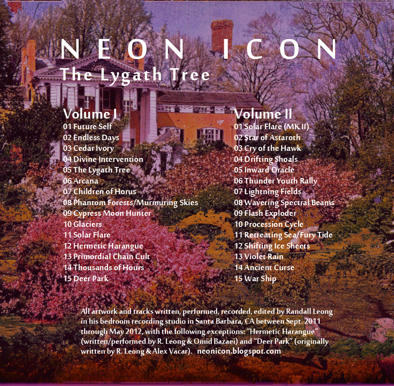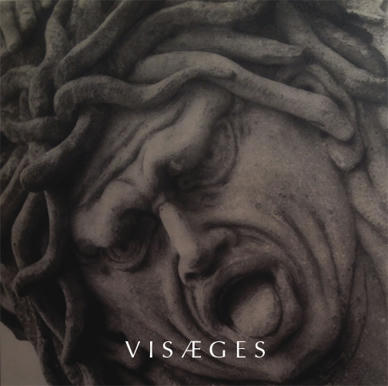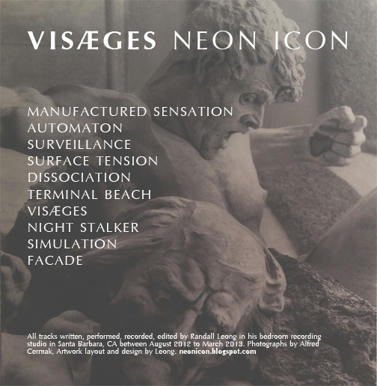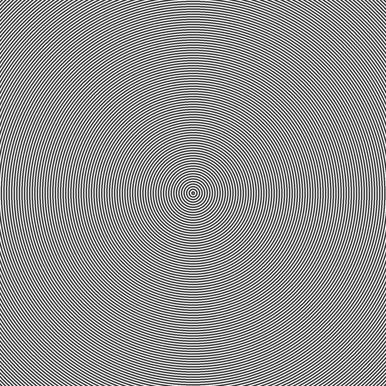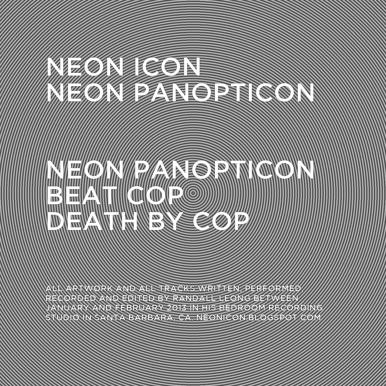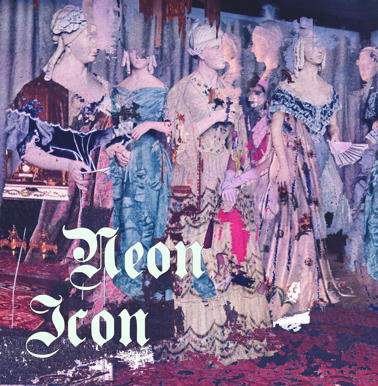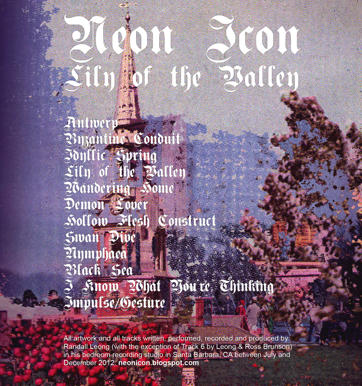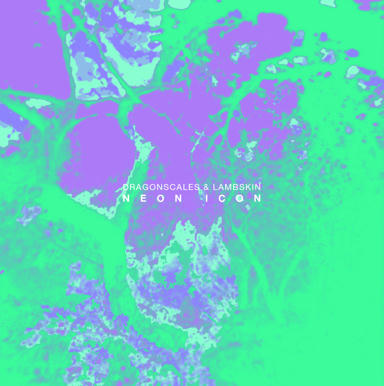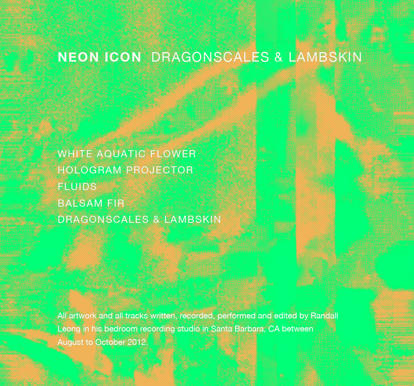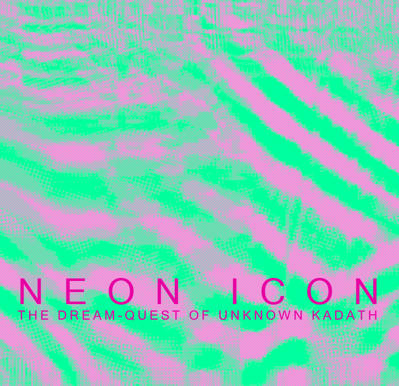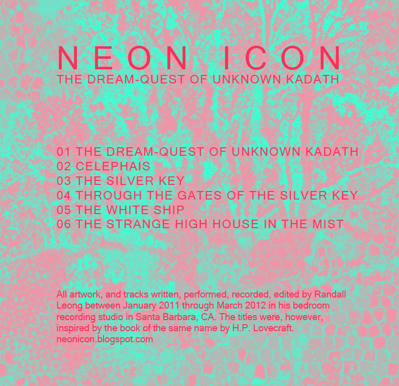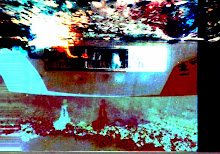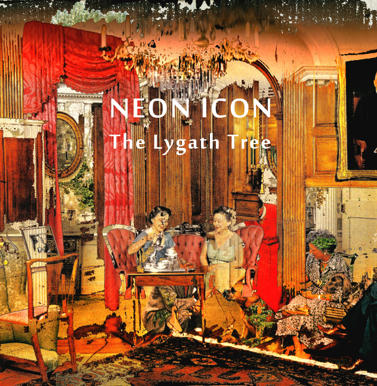
Opening up H.P. Lovecraft's
The Dream-Quest of Unknown Kadath at random has proven to be a particularly fruitful giving tree of inspiring creativity for me, being that it lent itself to the album title and its track names of my own
The Dream-Quest of Unknown Kadath album from a few months ago and now this. I still have yet to read the book but flipping through it at random once again when searching for inspiration one day I came across the words "the Lygath Tree", which I don't believe is a real type of tree but I really liked the sound of the words themselves. I decided that the otherworldly quality of the words would fit quite well with my album and this idea of the familiar yet foreign, such as what a Lygath Tree represents to me: something that we all know like a tree that is given a new, ambiguous form through the creative mind.
Production on
The Lygath Tree started in September 2011 and occurred off and on until this month with no particular goal or clear aesthetic theme set in mind for most of that period. During those several months whenever I would record a track that didn't fit into any of my other albums-in-progress I would relegate it to the folder that eventually became
The Lygath Tree. Eventually I noticed that this collection of tracks was growing considerably and soon it contained nearly 40 songs. The unwieldy amount of music that developed was indeed fairly diverse in song structure but overall similar in tone and theme. I decided that despite the prolonged period of time over which it was recorded the material generally worked well as a cohesive epic album. And although it was indeed shaping up into something one could describe as "grand in scope" there was still no doubt that the amount of tracks needed to be edited down, some being less interesting than the rest, and others sacrificed simply to cut down on the overall album length. I eventually settled on a solid, round number of 30 tracks that would be divided into two volumes, effectively making it my first double album for each half contained 15 songs and roughly an hour of music. While I was initially hesitant about the notion of releasing a double album because it seemed a little too self-indulgent, I eventually concluded that I enjoyed the bulk of the material too much to scrap half of the tracks and also didn't want to break up the thematic continuity that might occur if I had just turned them into two different albums.
And while it might've made sense in a way to divide them into separate but complimentary albums due to the fact that there are an almost equal amount of ambient tracks as there are (somewhat) traditionally structured songs, I've always been fascinated with albums that are made up of equal parts ambient and rock songs (examples that come to mind, perhaps: Brian Eno's
Another Green World, David Bowie's
Low, Deerhunter's
Cryptograms). I enjoy albums of this dualistic nature that more or less split themselves into two deliberately contrasting halves (
Low, for example, contains a first half comprised of funky pop kraut-style numbers but also a very different second half of moody, minimal ambient pieces) but I sometimes prefer the idea of intermingling these contrasting song styles (like the way
Another Green World sprinkles its miniature atmospheric gems throughout a continuity of post-glam jams and ballads) and chose this route for sequencing
The Lygath Tree's track order. Thus, each volume contains a mostly equal share of rock-type songs and ambient soundscapes in a frequently alternating chronology.
As for the sounds themselves, there are a lot of my signature drones present created by various instruments: keyboards, guitars, vocals, as well as a frequent use of tribal style drumming. The structured songs range from jangly garage pop to plodding post-punk dirges to psychedelic freak/neo-folk, although nearly all tracks (with very few exceptions), even those with voices, are essentially instrumental. Like with most of my albums, I worked on most of the songs almost exclusively alone, with the occasional collaborator. For the track "Hermetic Harangue" I collaborated with Omid Bazaei, it being one of the last songs recorded for the album, and features our attempts at moaning vocal harmonies, acoustic guitar and dulcimer textures, and glockenspiel. Another recently recorded track is "Deer Park", a reworking of an old song that Alex Vacar and myself wrote for our noise/experimental band City of Meat (circa 2008-2009) that was a favorite of mine from that period and felt like it might be interesting to re-record it but using different instruments and adding a few new elements too. The Lygath Tree might be a little self-indulgent and perhaps daunting by the amount of material but I hope it's found to be consistently interesting and rewarding in the end.
DOWNLOAD:
THE LYGATH TREE (VOL. I)
THE LYGATH TREE (VOL. II)
